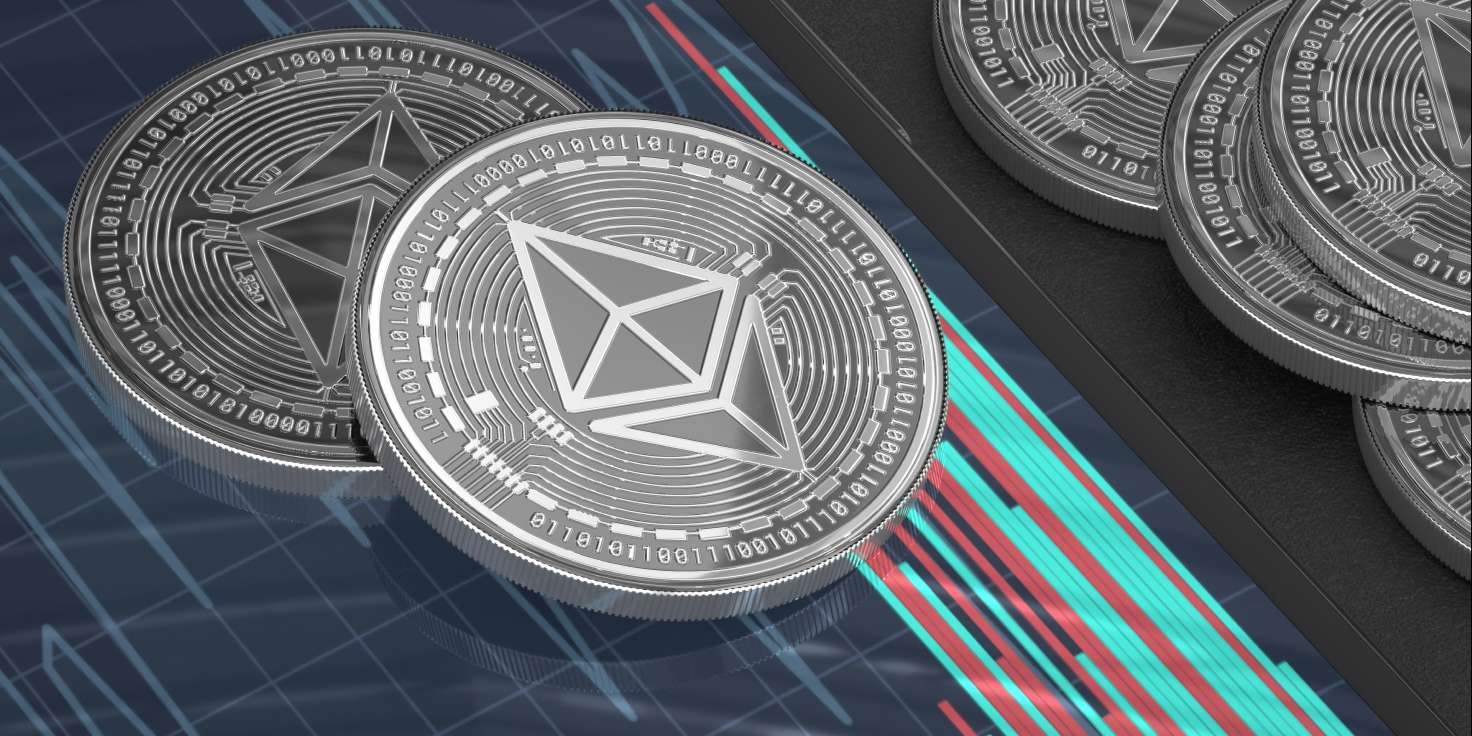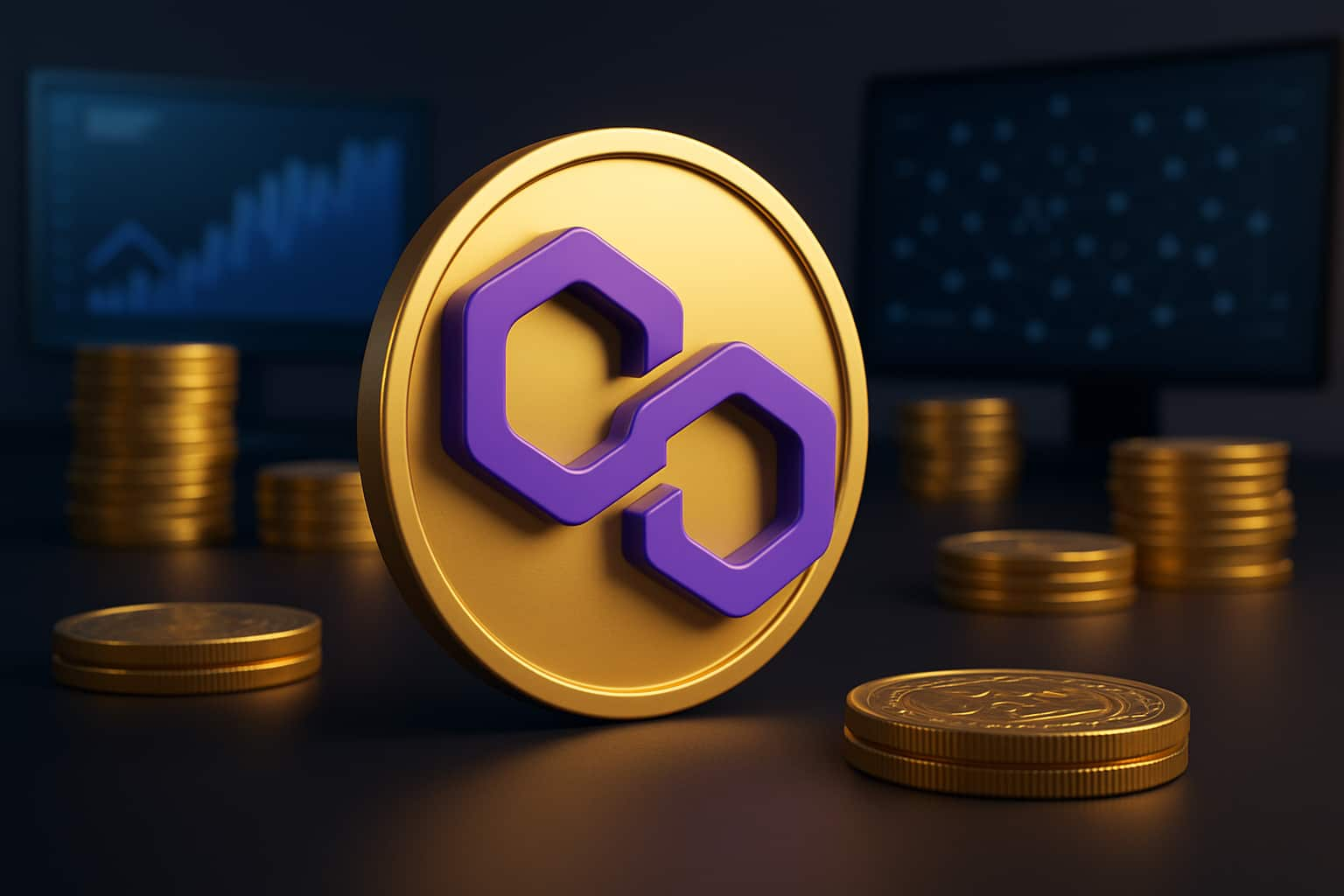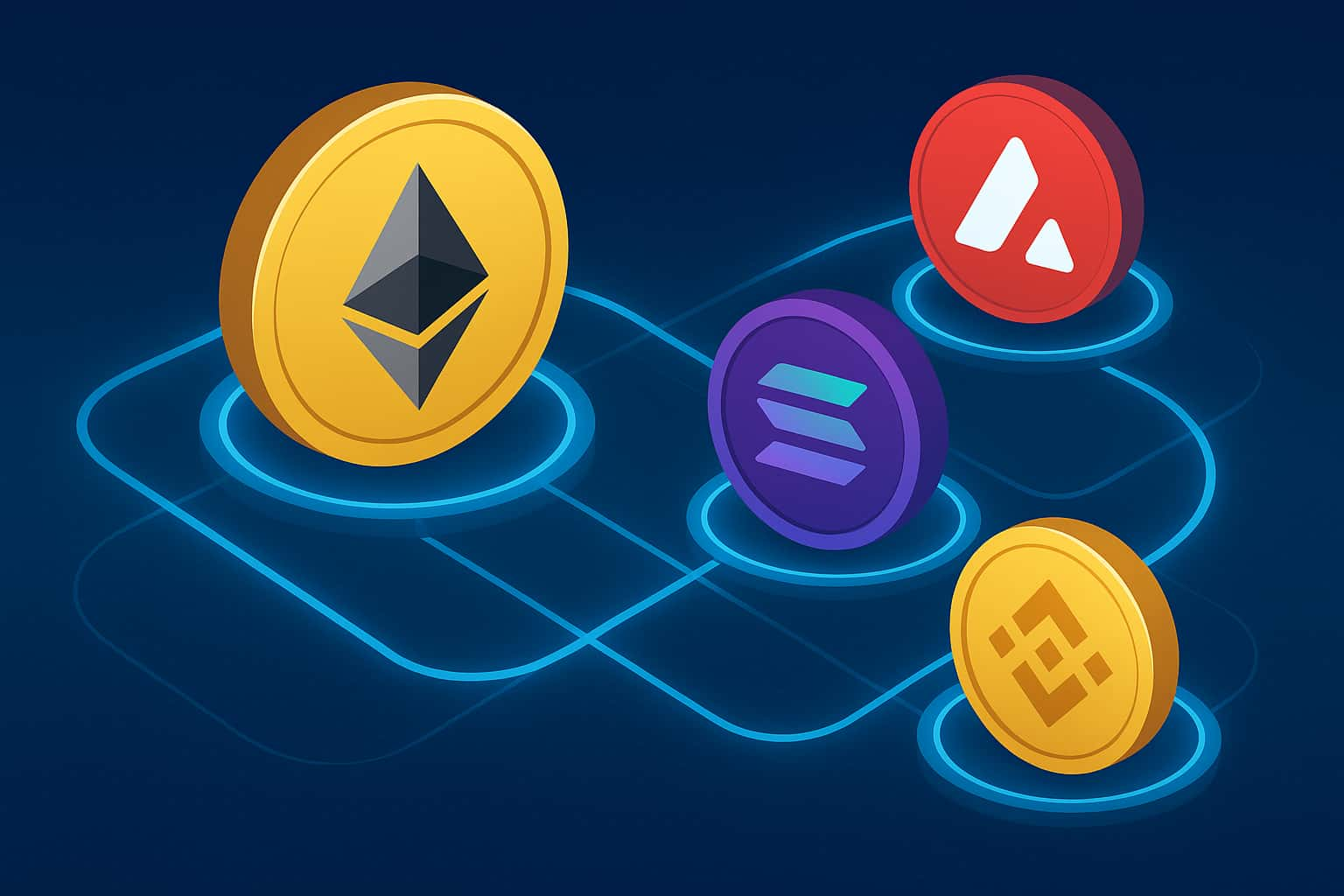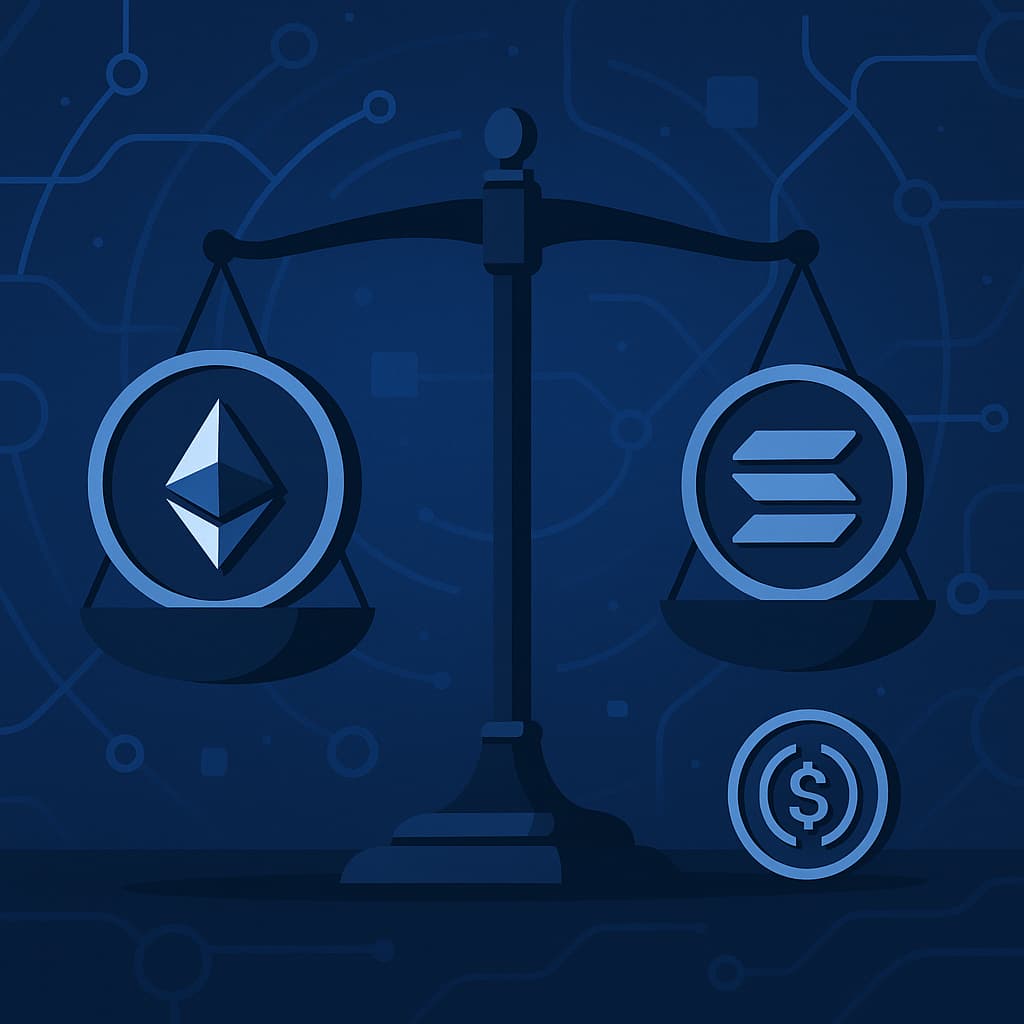Meaning of “ERC” and Link to EIP-20
“ERC” (Ethereum Request for Comments) is the process for proposing standards on Ethereum. EIP-20 is the formal proposal that defines this token standard.
The Foundation of Fungible Tokens on Ethereum

It is the Ethereum standard for fungible tokens, defining functions that ensure tokens work seamlessly across dApps, wallets, and exchanges. These tokens power DeFi, stablecoins, tokenized assets, and more, enabling peer-to-peer transfers without intermediaries.
It standardized token behavior, making Ethereum the leading platform for tokenized assets. It simplifies development, ensures interoperability, and accelerates adoption across DeFi, stablecoins, and other applications.
Developers, businesses, and decision-makers seeking to build or use Ethereum-based tokens and applications.
“ERC” (Ethereum Request for Comments) is the process for proposing standards on Ethereum. EIP-20 is the formal proposal that defines this token standard.
Fabian Vogelsteller introduced the standard in 2015 to standardize fungible tokens on Ethereum, enabling wide compatibility and token creation.
A fungible token is interchangeable—each unit has the same value (e.g., 1 ERC-20 token = another). This contrasts with NFTs (e.g., ERC-721), where each token is unique
A basic ERC‑20 token smart contract would look like this:
pragma solidity ^0.8.0;
import "@openzeppelin/contracts/token/ERC20/ERC20.sol";
contract MyToken is ERC20 {
constructor(uint256 initialSupply) ERC20("MyToken", "MTK") {
_mint(msg.sender, initialSupply);
}
}
This contract uses the OpenZeppelin library to implement the core standard functions. Upon deployment, it mints the initial supply of tokens to the deploying wallet.
These tokens are designed to be compatible with Ethereum wallets. Users can check their balance using the balanceOf() function and transfer tokens using the transfer() function. Wallets like MetaMask or Trust Wallet support these functions, allowing users to easily send, receive, and approve transactions with the token standard.
Every interaction with a token requires a transaction on the Ethereum blockchain, which means users must pay gas fees. Gas fees can vary depending on network congestion, and they must be considered when interacting with the tokens. Transactions such as token transfers or contract interactions are added to Ethereum blocks and are recorded immutably.
These tokens are widely supported by:
These tokens can represent utility within decentralized applications (dApps), granting users access to specific services, features, or products. For example, tokens may be required to vote in decentralized governance or to stake in liquidity pools.
Stablecoins like USDC and DAI are built on this token standard and pegged to the value of real-world assets, such as the US Dollar. They provide a stable digital currency for decentralized finance (DeFi) applications.Governance Tokens
Governance tokens, such as Uniswap (UNI) or Compound (COMP), allow holders to participate in decision-making within decentralized protocols or DAOs (Decentralized Autonomous Organizations). These tokens empower users to vote on protocol upgrades or other important matters.
ERC‑20 tokens power many DeFi applications, such as lending, staking, and liquidity pools. Examples include Aave (AAVE) or SushiSwap (SUSHI), which leverage ERC‑20 tokens to allow users to engage in decentralized finance.
Wrapped tokens like WETH (Wrapped Ether) are built on this token standard and represent another cryptocurrency, like Ether, on the Ethereum blockchain. Wrapped tokens allow assets from different blockchains to interact on Ethereum.
These tokens enable the tokenization of real-world assets such as real estate or commodities. By converting assets into tokens, individuals can buy, sell, and trade fractional ownership of these assets on the blockchain.
The standard is widely compatible with wallets, exchanges, and smart contracts. Their standardized nature ensures seamless integration with existing Ethereum-based platforms.
The standard reduces the need for custom token implementations, saving time and effort for developers. It simplifies auditing and integration with external services, making it easier to deploy and scale token-based projects.
The Ethereum ecosystem provides robust developer tools and libraries, such as OpenZeppelin, Truffle, and Hardhat, which support the creation, testing, and deployment of these tokens.
The tokens are supported by Ethereum and EVM-compatible chains, such as Binance Smart Chain, Avalanche, and Polygon. This broad compatibility enhances the ecosystem's growth and adoption.
The tokens suffer from the same scalability issues as the Ethereum blockchain itself, including high gas fees during periods of network congestion. This can be a barrier for low-value transactions or microtransactions.
While it is a well-defined standard, poorly written smart contracts can introduce vulnerabilities like reentrancy attacks, integer overflows, or improper handling of the approve() function.
If a token is sent to a smart contract that doesn’t support it, the tokens may be lost forever. This highlights the importance of ensuring compatibility with receiving contracts.
Some tokens have a centralized authority controlling the token supply or governance. This can introduce risks related to censorship, manipulation, or corruption within the token’s ecosystem.
Depending on the jurisdiction, the tokens may be classified as securities, which could impose regulatory burdens on projects. Understanding the legal landscape is crucial when creating or interacting with ERC‑20 tokens.
While ERC‑20 defines fungible tokens, ERC‑721 is the standard for non-fungible tokens (NFTs). NFTs are unique and can represent digital assets such as artwork, collectibles, and real estate.
ERC‑1155 allows the creation of both fungible and non-fungible tokens within a single contract, making it more efficient for projects that require multiple token types.
ERC‑777 and ERC‑223 are more advanced token standards that improve on ERC‑20’s functionality. They introduce new features like operators and callbacks to enhance token interactions and security.
BEP‑20 is a similar standard to ERC‑20 but designed for Binance Smart Chain (BSC). While both standards are largely compatible, the latter primarily operateS on Ethereum and other EVM-compatible blockchains.
Use Audited Base Contracts: Leverage well-tested libraries like OpenZeppelin to ensure your token contract is secure.
Test Thoroughly: Implement unit tests, integration tests, and scenario tests to ensure your token behaves as expected.
Security Audits: Always perform smart contract audits with reputable firms before deployment.
Proper Event Emissions: Emit events correctly for transparency and tracking of token transfers and approvals.
Careful with Decimals and Precision: Handle decimal places and token precision carefully to avoid errors in transactions.
Common questions and answers, their implementation, and practical considerations for businesses and developers.

By using this site, you allow our use of cookies. For more information on the cookies we use and how to delete or block them, please read our cookie notice.
We would love to
hear from you!


Innovate with confidence!


